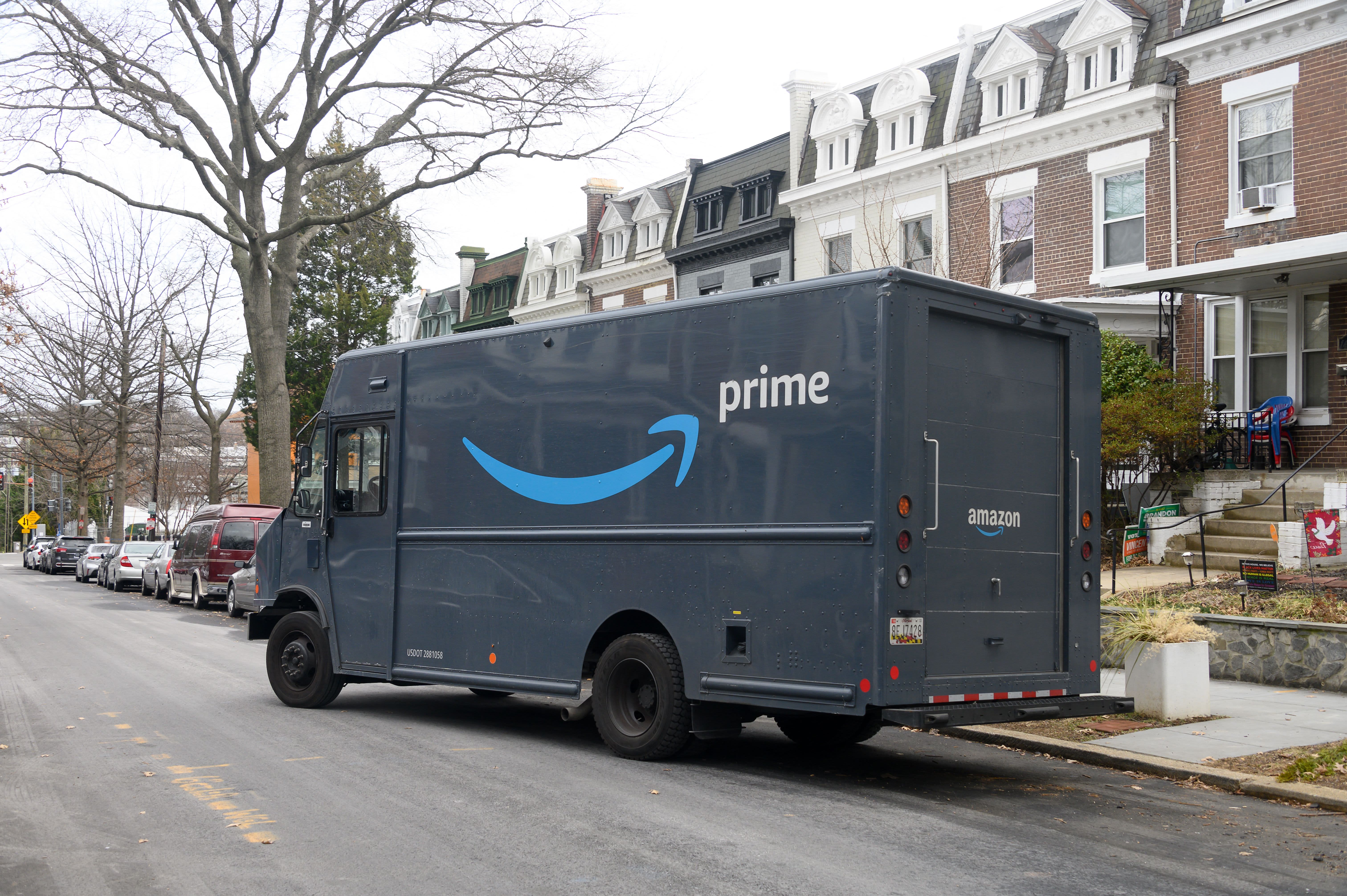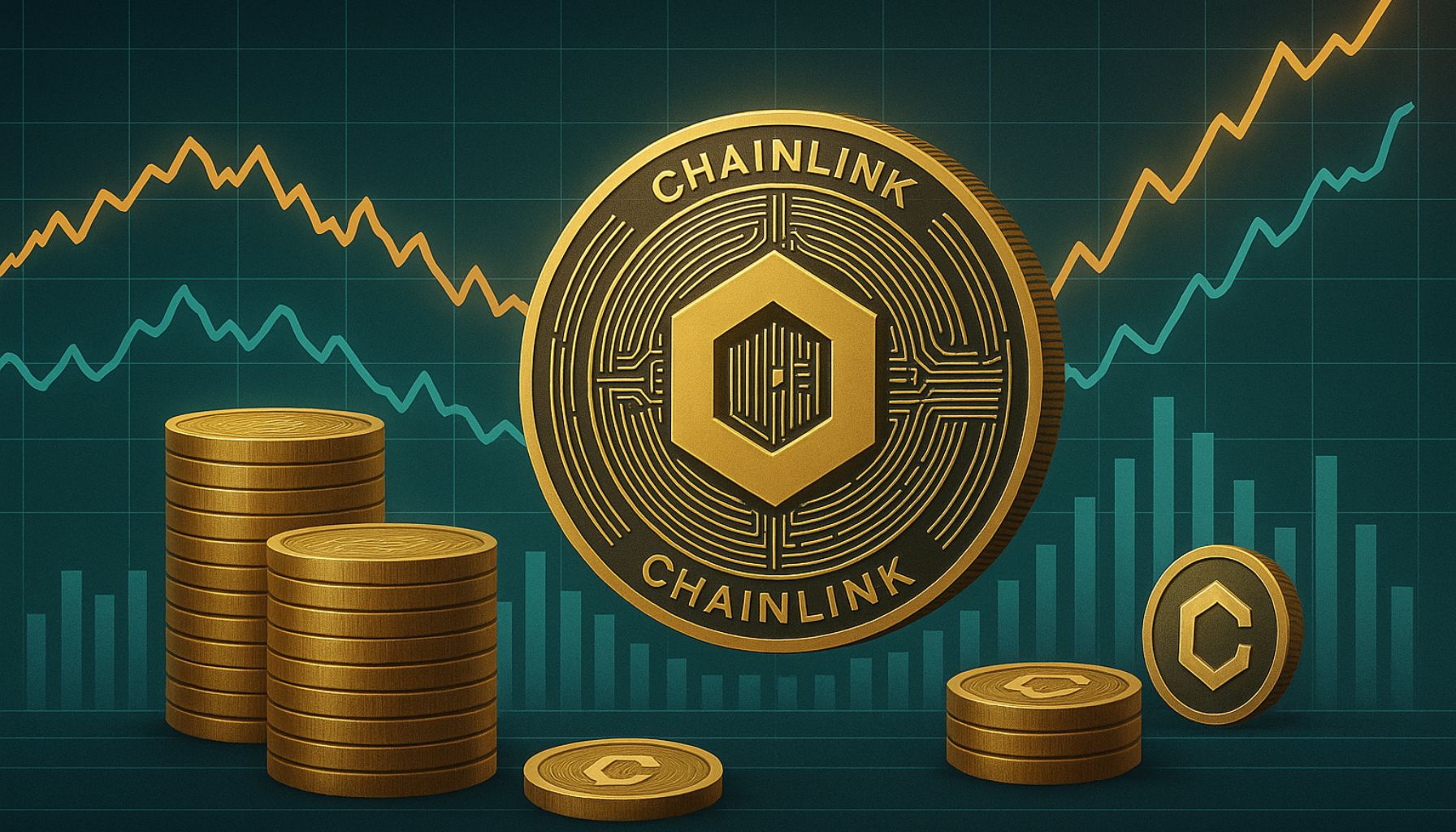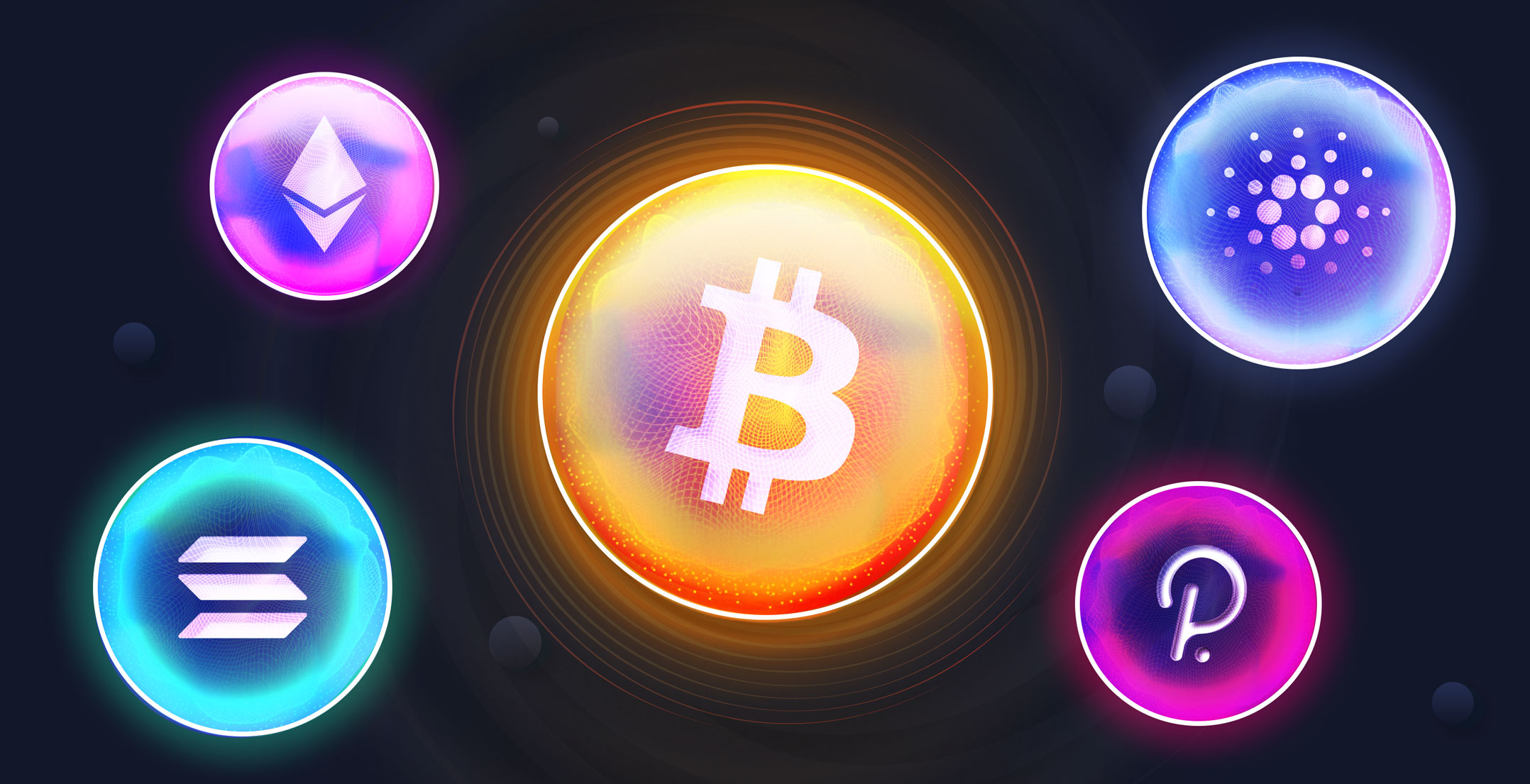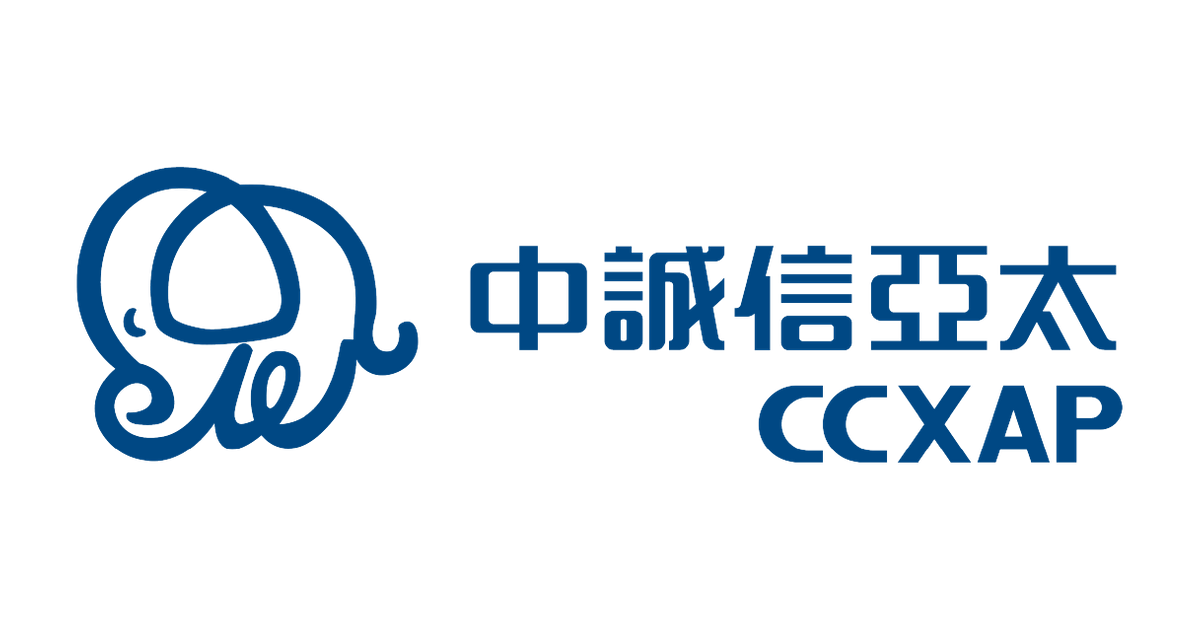U.S. households are hitting their own debt ceiling. Here's how you can avoid default
As the U.S. edges closer to a potential debt default, American households have similarly become increasingly unable to pay their obligations.

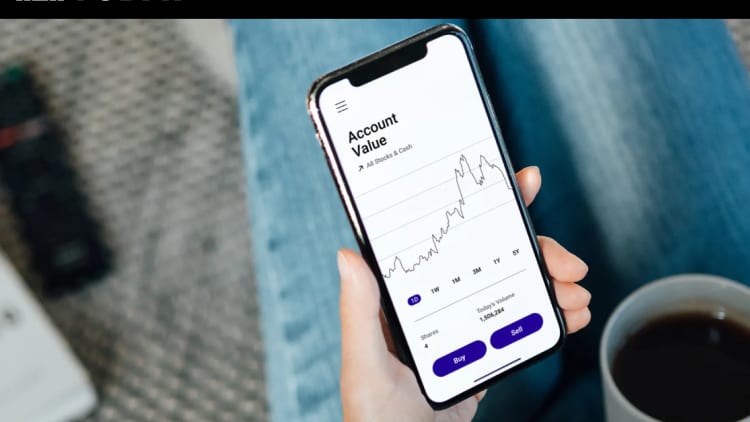
How to know if you face your own debt default
After contending with high inflation for over a year, households are nearing a "breaking point," according to a study by WalletHub.
Using the Great Recession as a guide, the projected breaking point is the level of household credit card debt that will become unsustainable for most people, said Jill Gonzalez, an analyst at WalletHub. Currently, the average household's credit card balance is $9,990, just $2,015 shy of where that tab hits its limit, the report found.
"It's when people won't be able to keep up with their bills," she said. "We're inching closer and closer to that breaking point."
High inflation is certainly contributing to Americans' high credit card balances, along with record-high interest rates, according to Ted Rossman, senior industry analyst at Bankrate. "We're seeing more people carrying credit card debt, too, often to finance day-to-day essentials."
More than one-third also now have more credit card debt than emergency savings, which is the highest on record.
'It's never too late to turn things around'
As government negotiations over potential federal spending cuts continue, households must also consider where they can cut costs and boost savings.
"It's never too late to turn things around," Rossman said.
Most experts recommend starting with a budget — some online tools or the basic envelope method, known as "cash stuffing," can help — and aiming to set more money aside in an emergency fund, which can shield you from accumulating more debt while you're working to pay off your existing balance.
Competitive rates at an online bank will protect your cash cushion, Jenkin added.
After years of rock-bottom returns, some top-yielding online savings accounts and one-year certificates of deposit rates are now as high as 5%, much higher than the average rate from a traditional, brick-and-mortar bank, according to Bankrate.
"I call it 'click and mortar,'" Jenkin said. "The easiest thing to do is simply call the bank and demand a higher interest rate or look at moving money out of your checking account into a savings account."

 Kass
Kass 









